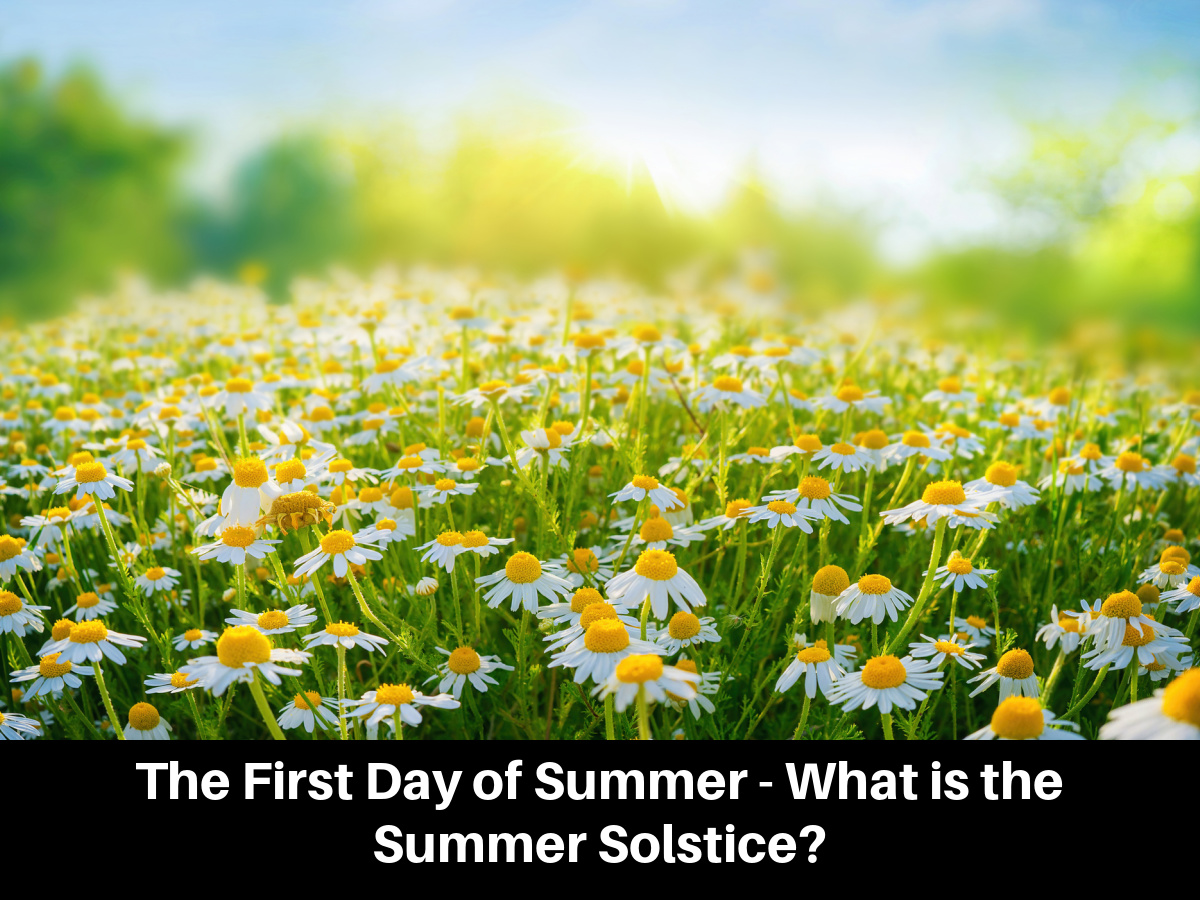The first day of summer is a bright, cheerful day. But along with the green leaves and icy drinks comes the solstice that happens in the summertime. This is the scientific beginning of the season that the world recognizes as the first day of summer.

Though the term is thrown around often, there may be more to it than the average summertime enjoyer understands.
What Is Summer Solstice?
The summer solstice is the first day of summertime. This happens when the sun is traveling along the northernmost path, giving us the longest day of the year for around 90% of the population.
The word solstice comes from the Latin word solstitium, which means the sun has stopped. It’s called solstice because the sun seems to stop for a moment so that it can change its path and go in the opposite direction.
When Is Summer Solstice?
The summer solstice has two dates – the northern hemisphere date and the southern hemisphere date. The exact day may change depending on your time zone and the exact time of the commencement of summertime.
| Year | Northern Hemisphere Date | Southern Hemisphere Date |
| 2023 | June 21 | December 22 |
| 2024 | June 20 | December 21 |
| 2025 | June 21 | December 21 |
| 2026 | June 21 | December 21 |
| 2027 | June 21 | December 22 |
| 2028 | June 22 | December 21 |
What Happens On Summer Solstice?
A lot happens during a summer solstice or the days directly before and after it. This is the start of summertime, after all.
Longest Day
For the northern hemisphere, the summer solstice is the longest day of the year because it has the most sunlight. It appears high in the sky, giving it more time there in the large arch.
Warmer Weather
Though the weather may not change on the day at the beginning of summertime, it’s a sign of warmer days to come in the northern hemisphere. For the next couple of months, the weather will become increasingly hotter before reversing again.
Midsummer Day
Midsummer Day is the midpoint of the growing season, halfway between planting and harvest. This happens on June 24, the same week as the summer solstice. This is the perfect time for farmers and their families to feast and hold festivals.
Sunset
The sun does not rise the earliest during the solstice that occurs in the summertime, but it does set at the latest. This gives us more time to enjoy the cooler evenings that can offer solace during the hot summer.
When Is The First Day Of Summer?
There are two recognized first days of summer. Only one of them is the summer solstice, but they are equally important in our society.
Astronomical
The astronomical first day of summer is the one we celebrate as the summertime solstice. This occurs when the sun reaches the highest point in the sky, which is June 20-22 in the northern hemisphere.
Meteorological
The meteorological first day of summer is always June 1. This is so that meteorologists can track the weather records easier and compare them to previous years.
Though, when the weatherman refers to the “first day of summer,” they’re still talking about the astronomical commencement of summertime as it’s the one the general population celebrates.
Signs of Summertime
- Full bloom – summertime greets us with fully green leaves
- Smells – seasonal smells of new flowers and fruit ring in the season
- Flying baby birds – baby birds learn to fly in the summertime
- Late sunset – the sun sets later in the summertime
- Crickets – bird mating calls cease as crickets begin to chirp
- Butterflies about – these insects break from their cocoons when the weather is warm
Why Does The First Day Of Summer Change Each Year?
The first day of summer changes each year because of the leap year. A year is actually 365.24 days long, which is why we have a leap year to make up for this.
But there are effects from that, such as the solstice that occurs in the summertime with a changing day. This may not be the only reason the day changes, but it’s the most straightforward and has the greatest effect as it shifts the year more than anything else.
